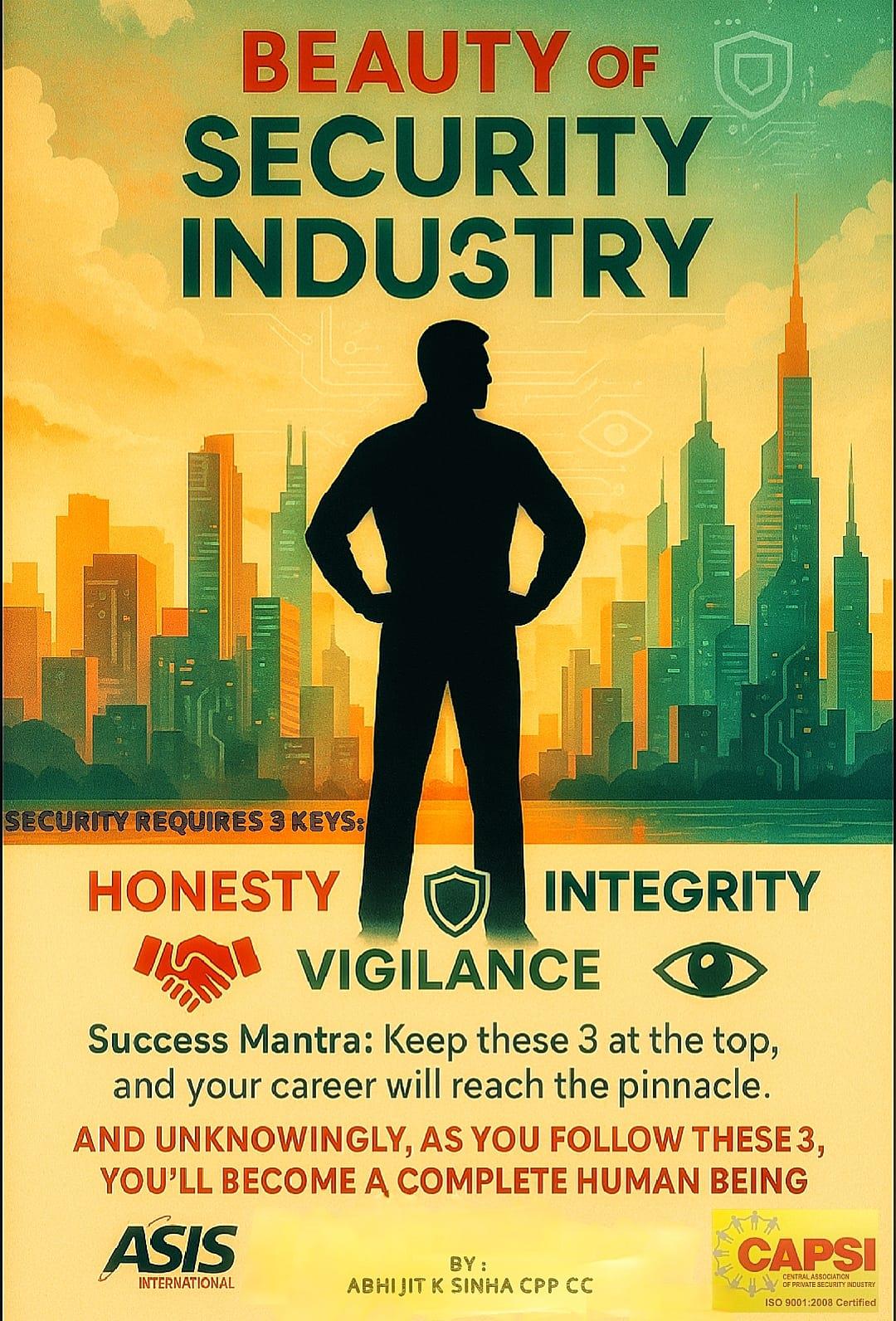I Can See Dead People: A Plight of a Risk Analyst

As a security risk professional, the main job is to identify possible risks and prepare an action plan to mitigate risks. This mindset, unfortunately, seeps into my everyday life. Even entertainment becomes a lens through which I analyze potential vulnerabilities.
Conducting research for an event security training, I came across a Youtuber who inadvertently was working as a resource for physical penetration testing. He has a channel where he shows how he gate-crashed mega events into the houses of A-lister actors of the Indian cinema. He documented his attempts – some of which were successful intrusions into high-profile residences, including those of prominent Bollywood actors like Akshay Kumar, Vicky Kaushal and Katrina Kaif, Indian Cricketer Virat Kohli and his Indian actress wife Anushka Sharma’s residence, Kartik Aryan and Salman Khan, to name a few. The video shows how he gains unauthorized access. He appears to have worn a hidden camera or rather what seemed like a bodycam which gives the security layout of the structure he is penetrating along with the deployment of security guards, CCTV cameras, etc. These videos graphically detailed his methods, showcasing security lapses and providing valuable intelligence to potential adversaries.
Alarmed by this readily available information, I contacted relevant stakeholders in September 2024, urging them to investigate these videos, assess their authenticity, and take appropriate action, including removal. This was in September 2024. And then tragically, in January 2025, a home invasion occurred at the residence of Saif Ali Khan and Kareena Kapoor Khan in Mumbai, underscoring the gravity of the situation. This incident highlighted a critical issue: the pervasive complacency surrounding the security of high-profile individuals. These are cases where I could have intuitively said “I told you so” but given the harm caused to the victim of the attack, one avoids gloating about how the risk analysts’ prediction of potential tragedies/security incidents.
Often, security is viewed as an afterthought, a necessary evil rather than a proactive investment. An “it won’t happen to me” mentality prevails, fueled by an inherent optimism that blinds individuals to potential threats. As a result, security professionals are often met with scepticism and resistance. Our warnings are dismissed as fear-mongering, our expertise as an attempt to capitalize on anxieties. However, the reality is stark. Our goal is to prevent tragedies, to safeguard lives. We strive to identify vulnerabilities, develop robust security measures, and empower individuals to make informed decisions about their safety.
The point is that as risk professionals we identify risk but at times given that security is considered to be a supportive function and a foolish naivety and belief in the goodness of the human race and an optimistic bias that “nothing bad will happen to us” people avoid investing in strengthening the security apparatus of their homes and offices. Sadly, “the customers “of private security open their eyes to the very real dangers that can potentially befall them only at the time of crisis or immediately afterward. Security professionals who help in crisis management are seen as sharks or vultures in business suits (or rather safari suits) – trying to sell fear and make money off it. The reality is that as good ethical security risk professionals we try our level best to identify risks and offer mitigation strategies or action plans to avoid any untoward incident because human life matters.
The recent incident serves as a stark reminder that complacency can have devastating consequences. It’s time to recognize the value of proactive security measures and to view security professionals as partners in safeguarding our communities.
Garima Goswamy | Risk Management Columnist


